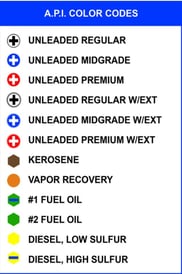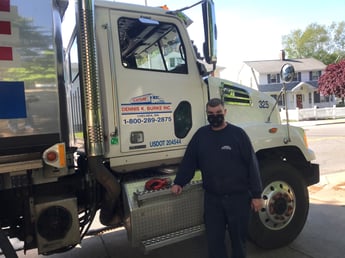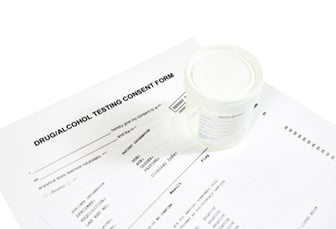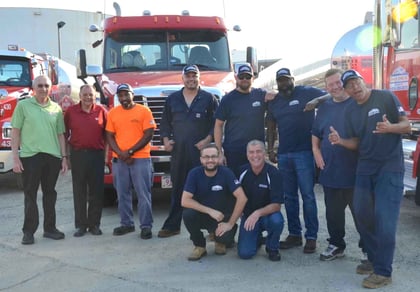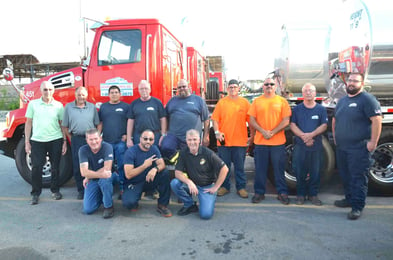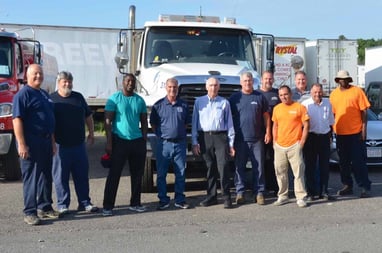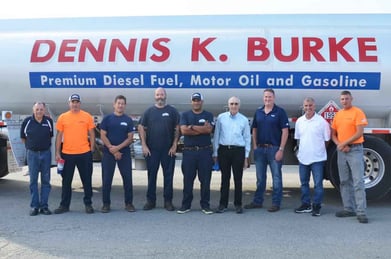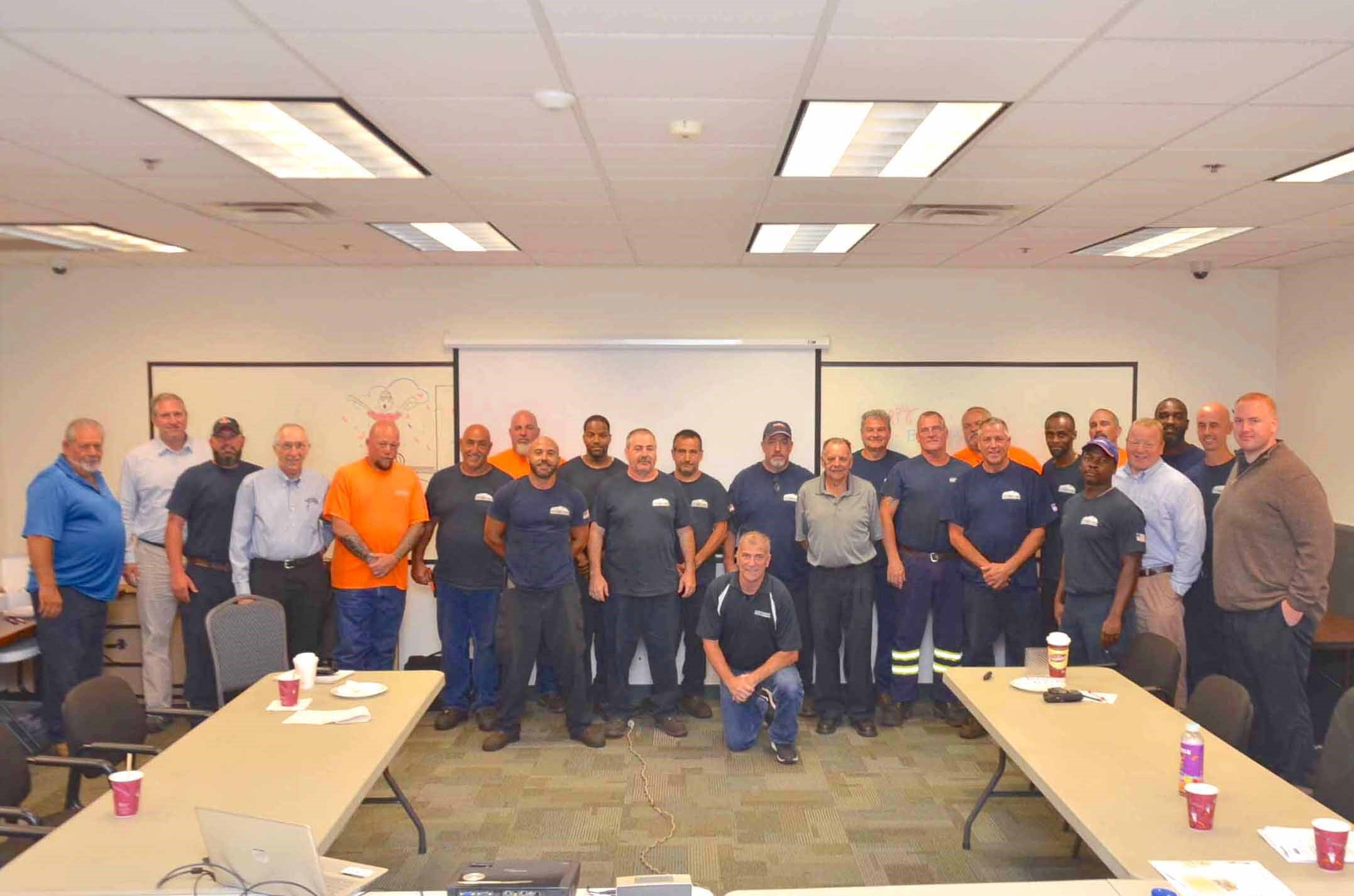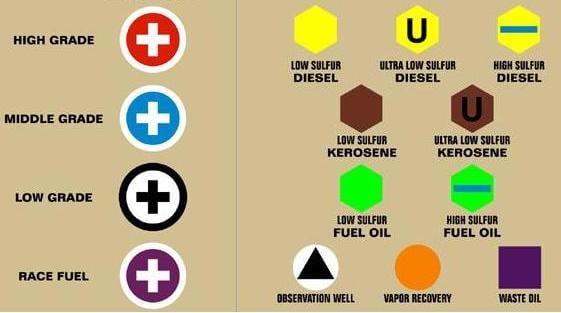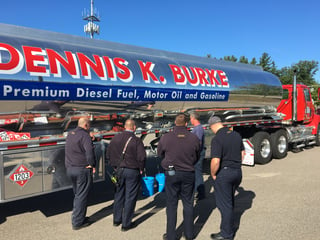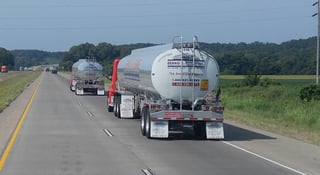Too Close for Comfort
Do you ever look in your rear view mirror when you’re on the highway, and see the driver of the car behind you, as if they were sitting in your back seat? Have you ever just randomly scanned other vehicles as they pass, and considered how close they are to the vehicle in front? More often than not, they are WAY too close!
According to the National Highway Traffic Safety Administration (NHTSA), rear-end collisions make up roughly one-third of all multi-vehicle accidents every year, and yet the majority of all drivers follow much more closely than they should. National Safety Council recommends a minimum of three second following distance, and the Smith System of Driving recommends a four second following distance.
This means, the time it takes the following vehicle to reach a fixed point the leading vehicle passed should take at least three, if not four seconds or more. A very simple way to determine if you are following at a safe distance is to pick a fixed object (bridge, shadow in the road, a sign, or a guardrail). When the vehicle in front of you passes that object, count out “one-thousand one, one-thousand-two, one-thousand three...) until the front of your vehicle reaches the same spot. No cheating. Counting too fast is not allowed! If you don’t reach at least “one-thousand three”, you are following too close, and you should increase your following distance.
Keep in mind, these recommendations are for passenger vehicles operating in ideal road and weather conditions. If you are driving a commercial vehicle, you should add a second, and if the weather is poor, or visibility is bad, add another second. Additionally, other distractions like texting, reaching for food or drink, or looking at a GPS or other device can also lead to a rear-end collision. Even if you are following at a safe distance, it’s important you not drive distracted.
Following distance is continuously a leading cause of crashes, but with a little effort and understanding, those crashes could all be prevented.
Drive safe, leave enough space, and, don’t forget to buckle up!

